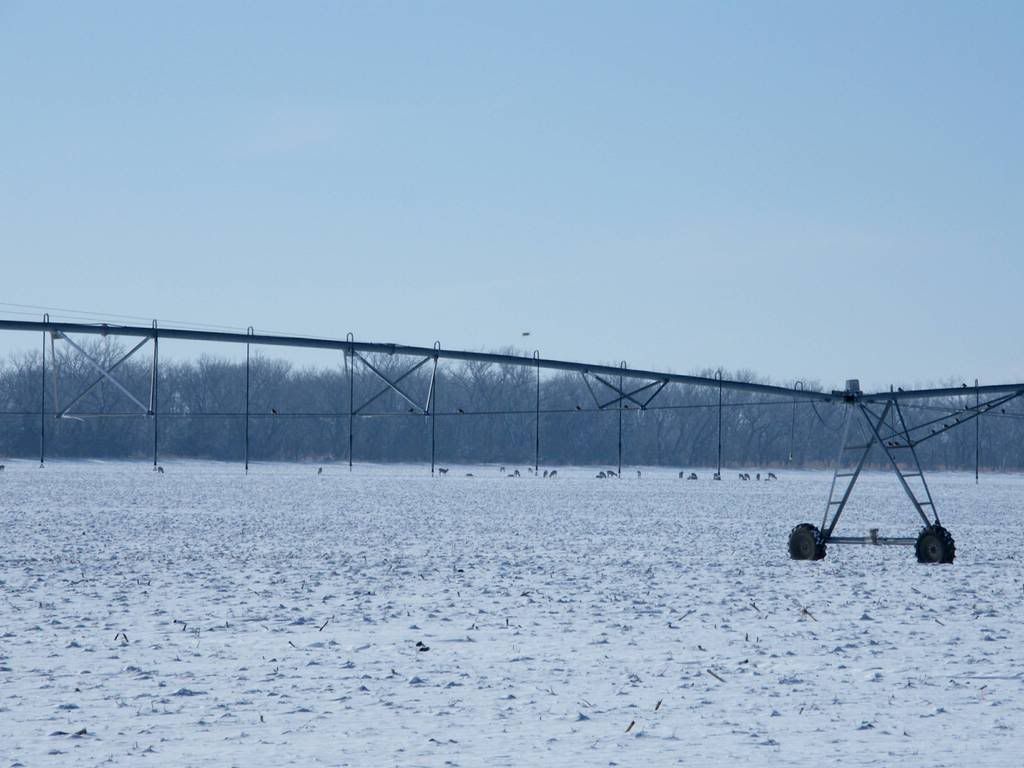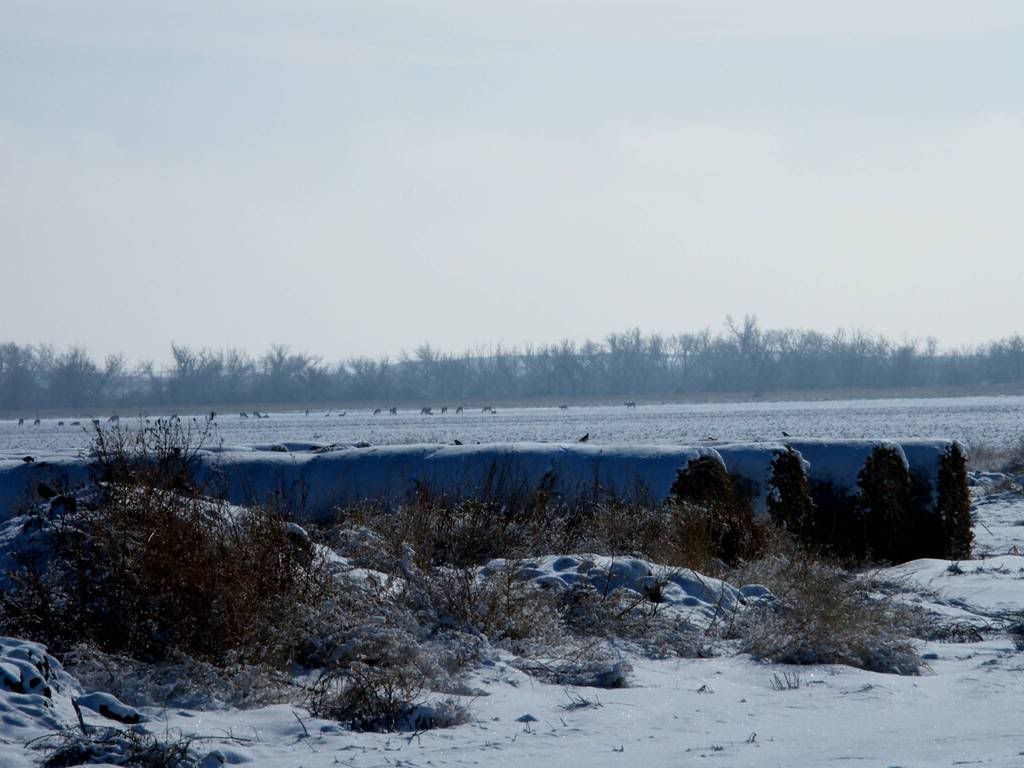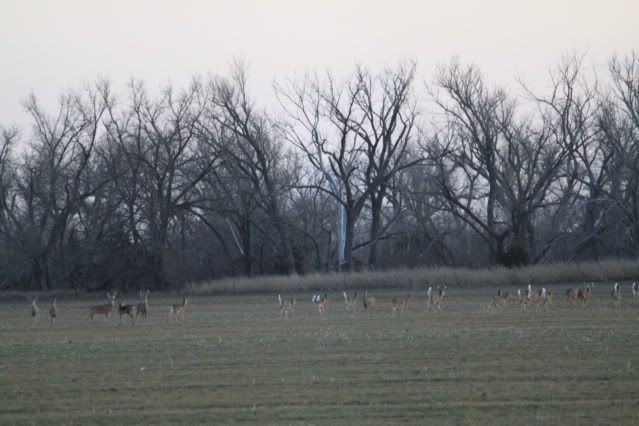Glass half empty
I just wanted to add that I try to survey an area based on habitat, from the road and on the ground. Even in eastern Kansas, I see lots of visible habitat, specifically for quail that is unfilled. I hear and believe the habitat mantra from the wildlife agencies, but it's got to be more than that. I think we can create habitat, and save or add a few isolated coveys, or pheasant populations, but never approach the numbers we used to have. Former years of glorious abundance were happy accidents of circumstances. A fortuitous combination of beneficial agricultural practices, weather, lack of pesticides and herbicides, absence of predators, probably additional factors we have never identified. With land prices where they are, leading the way, and the economic pressure it creates to maximize income,I don't think we will ever see those days again, except in areas where moisture, or some other natural and expensive to overcome feature, procludes intensive use. Pennsylvania, as a pheasant state disappeared in the 1980's. followed by Ohio, Indiana, Illinois. We watched Iowa vanish before our eyes in the last 5 years, taking the eastern edge of south Dakota with it. North Eastern Kansas now a remnant population, as is Eastern Nebraska. My fear is it's not a salvagable situation. DU was successful because the duck nesting area was limited in scope,and highly productive ground could be identified,developed, and protected. Ground was cheap compared to today. Even so, a huge amount of the nesting area is above the till line, and was protected by nature. We have no such luxury. Great Britain is now a put and take hunting proposition after centuries of tradition and wild propagated birds. the AG monster just ate the sport. We aren't far behind, from what I see and read we may already be there! Enjoy what we have where and while we have it.
I just wanted to add that I try to survey an area based on habitat, from the road and on the ground. Even in eastern Kansas, I see lots of visible habitat, specifically for quail that is unfilled. I hear and believe the habitat mantra from the wildlife agencies, but it's got to be more than that. I think we can create habitat, and save or add a few isolated coveys, or pheasant populations, but never approach the numbers we used to have. Former years of glorious abundance were happy accidents of circumstances. A fortuitous combination of beneficial agricultural practices, weather, lack of pesticides and herbicides, absence of predators, probably additional factors we have never identified. With land prices where they are, leading the way, and the economic pressure it creates to maximize income,I don't think we will ever see those days again, except in areas where moisture, or some other natural and expensive to overcome feature, procludes intensive use. Pennsylvania, as a pheasant state disappeared in the 1980's. followed by Ohio, Indiana, Illinois. We watched Iowa vanish before our eyes in the last 5 years, taking the eastern edge of south Dakota with it. North Eastern Kansas now a remnant population, as is Eastern Nebraska. My fear is it's not a salvagable situation. DU was successful because the duck nesting area was limited in scope,and highly productive ground could be identified,developed, and protected. Ground was cheap compared to today. Even so, a huge amount of the nesting area is above the till line, and was protected by nature. We have no such luxury. Great Britain is now a put and take hunting proposition after centuries of tradition and wild propagated birds. the AG monster just ate the sport. We aren't far behind, from what I see and read we may already be there! Enjoy what we have where and while we have it.



